![]() Sensors are devices that detect and measure changes in the physical world, allowing electronic systems to gather information about their surroundings. They can monitor properties such as light, temperature, motion, pressure, sound, or distance, converting these real-world conditions into electrical signals that a microcontroller or computer can interpret. By translating environmental data into usable input, sensors enable technologies ranging from phone touchscreens and fitness trackers to smart home systems and industrial automation. Whether analog or digital, sensors play a crucial role in creating responsive, interactive devices that adjust their behavior based on what they observe in real time.
Sensors are devices that detect and measure changes in the physical world, allowing electronic systems to gather information about their surroundings. They can monitor properties such as light, temperature, motion, pressure, sound, or distance, converting these real-world conditions into electrical signals that a microcontroller or computer can interpret. By translating environmental data into usable input, sensors enable technologies ranging from phone touchscreens and fitness trackers to smart home systems and industrial automation. Whether analog or digital, sensors play a crucial role in creating responsive, interactive devices that adjust their behavior based on what they observe in real time.
Tech Kits
Beginner
Interacting using Sensors
Length: 30 Minutes
Description: Digital signals such as switches, buzzers, and LEDs have binary outputs. Sensors like these allow electronic systems to respond to user input through simple digital signals. Using Arduino's Sensor Kit, students work with plug-and-play modules to explore how digital pins handle on-off values. After assembling the board, students will program functionality for these digital pins. Here we demonstrate how microcontrollers interpret sensor input and produce immediate physical responses, forming the foundation for building interactive, sensor-based devices.
Intermediate
Responsive Sensor Data
Length: 45 Minutes
Description: Analog sensors measure gradual environmental changes and how microcontrollers use that data to create automated responses. Arduino's Sensor Kit allows students to observe how analog readings vary and how threshold-based logic can mimic systems such as automatic night lights. Experimenting with analog pins, students can see how microprocessors process continuous data streams and control outputs in real time. Here we demonstrate how analog input, programmed logic, and digital output come together to form responsive, sensor-driven electronic systems.
Advanced
DJ Board (IN PROGRESS)
Length: 60 Minutes
Description: A gesture-based DJ board using ultrasonic sensors creates an interactive way to control music through hand movements rather than physical knobs or buttons. Ultrasonic sensors measure distance by emitting sound waves and detecting their reflections, allowing the system to track how far a user’s hands are from each sensor.
Resources
![]()
Arduino Uno
A single board microcontroller kit for building digital devices.
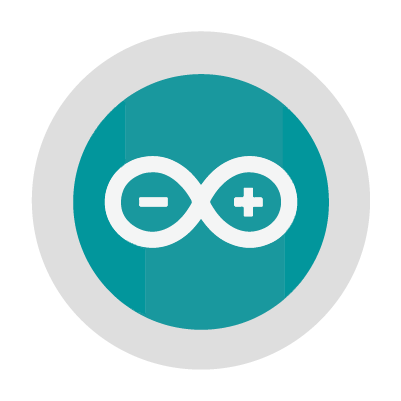
Arduino IDE
In the Arduino IDLE you can enter code and run programs.
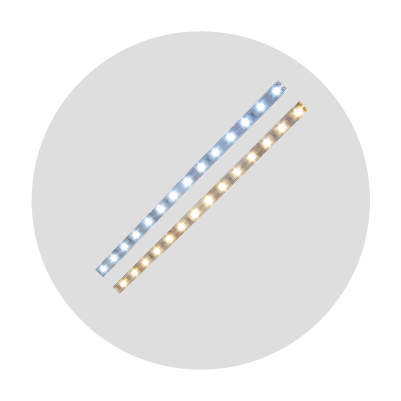
LED Addressable Light Strips
Flexible circuit board that omits powerful LED lights through the entire strip.
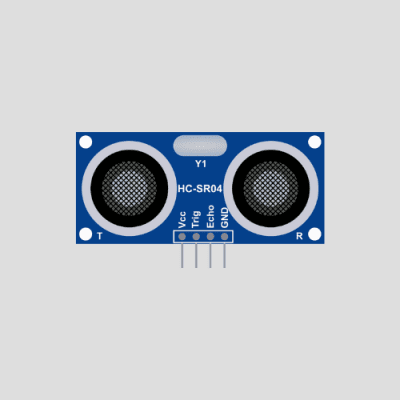
Ultrasonic Sensor
This sensor is designed to measure the distance between objects. It works by sending a sound wave and measuring the time it takes for it to travel to an object and back.
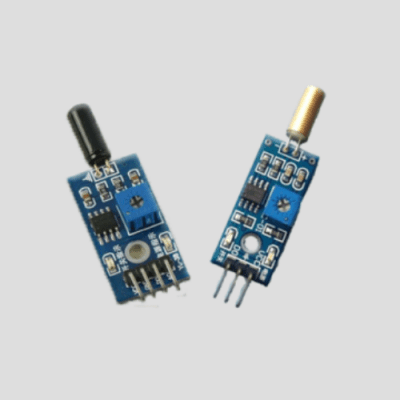
Tilt Sensors
This sensor is constantly measuring its orientation. Whenever there is a change in it, it sends a “1” to the arduino, otherwise it just sends a “0”.
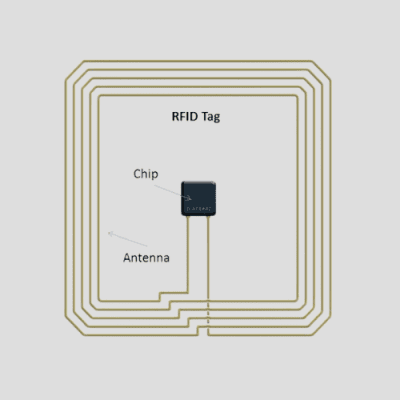
NFC Tag Reader
NFC is the technology that allows 2 nearby devices to communicate with each other. You have probably used this tech when you scan your student id to get into the UCONN REC or dining halls.
![]()
Breadboard
Type: Hardware
Description: Breadboards are used to connect components and wire easily with the internally connected rows and columns.
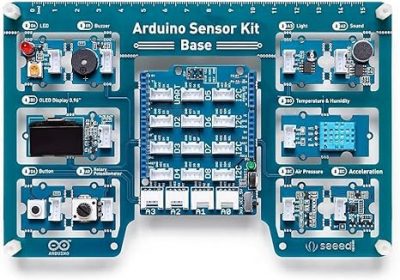
Arduino Sensor Kit
Type: Hardware
Description: Arduino sensor kits are collections of various sensors and modules designed for use with Arduino microcontrollers, enabling enthusiasts and developers to experiment with and integrate a diverse range of input and output devices for projects involving electronics and sensing.